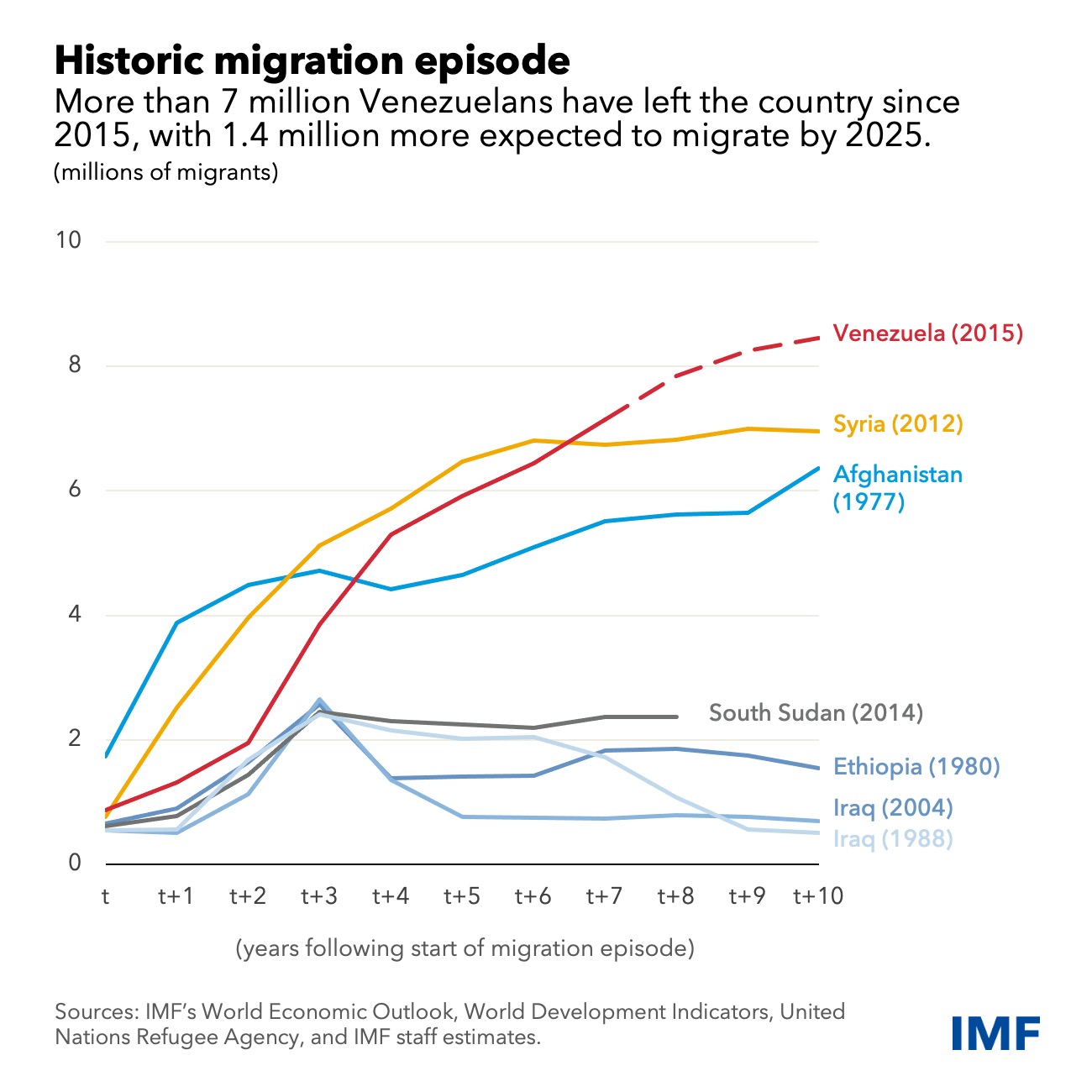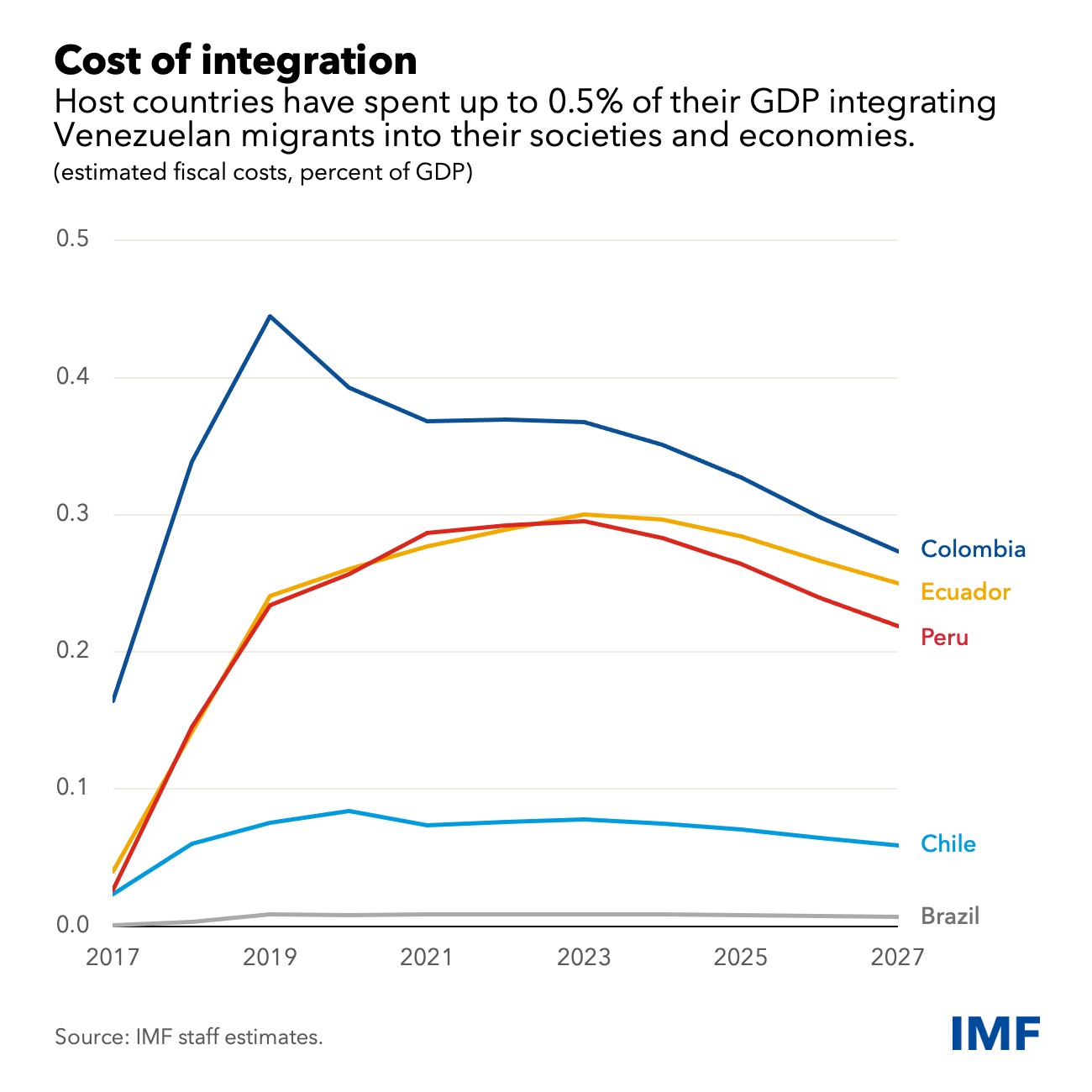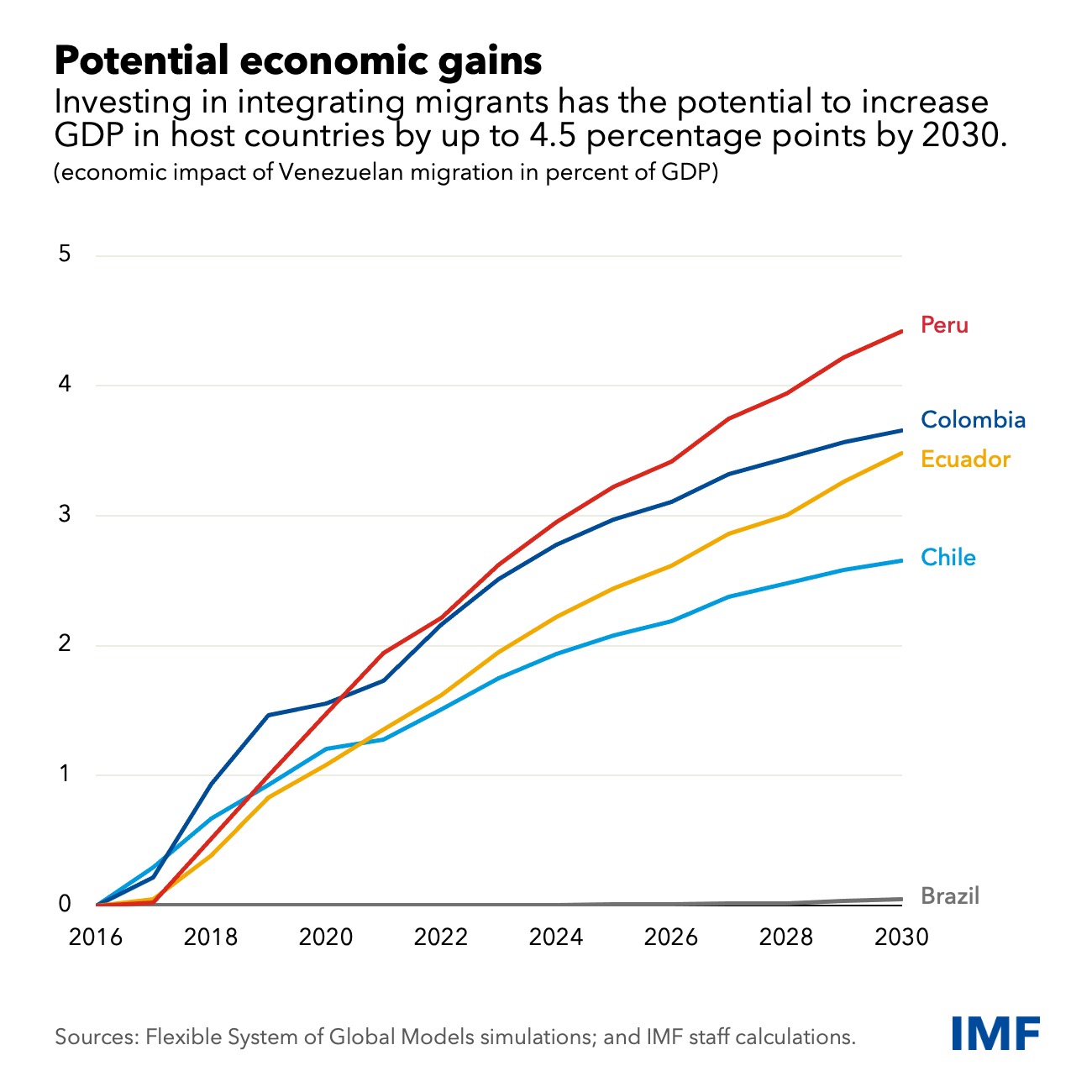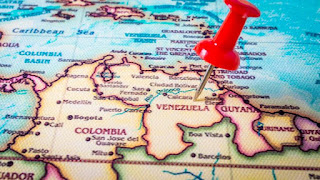In a historic address on December 17, 2014 on
“Cuba policy changes”
President Barack Obama declared, “our shift in policy towards Cuba
comes at a moment of renewed leadership in the Americas.” This “renewed
leadership,” in our view, seeks to gradually undermine socialism in
Cuba, check waning U.S. influence in the region, and inhibit a growing
continental Bolivarian movement towards Latin American liberation,
integration, and sovereignty. To be sure, normalization of relations
with Cuba and the release of Gerardo Hernández, Ramón Labañino and
Antonio Guerrero were long overdue, and the reunification of Alan Gross
with his family was an important and welcome gesture. The rapprochement
between the United States and Cuba and the simultaneous imposition of a
new round of sanctions by the U.S. against Venezuela, however, do not
signal a change in overall U.S. strategy but only a change in tactics.
As President of Venezuela Nicolas Maduro remarked in a
letter to President Raul Castro
“there is still a long road to travel in order to arrive at the point
that Washington recognizes we are no longer its back yard…” (December
20, 2014).
From Embargo to Deployment of U.S. Soft Power in Cuba
The Obama gambit arguably seeks to move Cuba as far as possible
towards market oriented economic reforms, help build the political
community of dissidents on the island, and improve U.S. standing in the
region, and indeed in the world. In a
Miami Herald op-ed piece
(December 22, 2014), John Kerry (Secretary of State), Penny Pritzker
(Secretary of Commerce) and Jacob J. Lew (Treasury Secretary) wrote that
normalization of relations between the U.S. and Cuba will “increase the
ability of Americans to provide business training and other support for
Cuba’s nascent private sector” and that this will “put American
businesses on a more equal footing.” Presumably the op-ed is referring
to “equal footing” with other nations that have been doing business for
years with Cuba despite the embargo. The essay also indicates that the
U.S. will continue its “strong support for improved human-rights
conditions and democratic reforms in Cuba” by “empowering civil society
and supporting the freedom of individuals to exercise their freedoms of
speech and assembly.” Such a version of “empowering civil society” is
probably consistent with decades of U.S. clandestine attempts to subvert
the Cuban government, documented by Jon Elliston in
Psy War on Cuba: The declassified history of U.S. anti-Castro propaganda (Ocean Press: 1999). It is also in line with more recent efforts, through USAID funded social media (
phony Cuban Twitter) and a
four year project to promote “Cuban rap music”
both of which ended in 2012, designed to build dissident movements
inside Cuba. In December 2014, Matt Herrick, spokesman for USAID,
defended the latter unsuccessful covert program saying, “It seemed like a
good idea to support civil society” and that “it’s not something we are
embarrassed about in any way.” Moreover, a
fact sheet
on normalization published by the U.S. Department of State mentions
that funding for “democracy programming” will continue and that “our
efforts are aimed at promoting the independence of the Cuban people so
they do not need to rely on the Cuban state” (December 17, 2014). The
Cuban government, though, has a different take on the meaning of
“independence of the Cuban people.” They emphasize “sovereign equality,”
“national independence,” and “self determination.” In an
address on normalization,
Raul Castro insisted on maintaining Cuban sovereignty and stated “we
have embarked on the task of updating our economic model in order to
build a prosperous and sustainable Socialism” (December 17, 2014).
Obviously the ideological differences between Washington and Havana will
shape the course of economic and political engagement between these two
nations in the months and years ahead.
Rapprochement Between the U.S. and U.S. Isolation in Latin America
Through normalization of relations with Cuba, the U.S. also seeks to end its increasing isolation in the region.
Secretary of State John Kerry, in his Announcement of Cuba Policy Changes,
remarked that “not only has this policy [embargo] failed to advance
America’s goals, it has actually isolated the United States instead of
isolating Cuba” (December 17, 2014). In October 2014, the United Nations
General Assembly voted against the U.S. Cuba embargo for the 23
rd
year in a row, with only the U.S. and Israel voting in favor. The
inclusion of Cuba in the political and, to a certain degree, economic
life of Latin America, has also been part of a larger expression of
Latin American solidarity that clearly repudiates regional subordination
to Washington. Since the sixth Summit of the Americas in Cartagena
(April 2012), the U.S. has been on very clear notice by the Community of
Latin American and Caribbean States (CELAC) that there will be no
seventh Summit of the Americas in Panama in April without Cuba, a
condition to which Washington has ceded.
The flip side of Washington’s growing “isolation” has been the
critically important regional diversification of diplomatic and
commercial relations between Latin America and the
BRICS
nations (Brazil, Russia, India, China, and South Africa) and the
construction of alternative development banks and currency reserves to
gradually replace the historically onerous terms of the World Bank and
the International Monetary Fund. The financial powerhouse of the BRICS
nations is China. Over the past year, China has sent high level
delegations to visit CELAC nations and in some cases these meetings have
resulted in significant commercial agreements. As a follow up, there
will be a CELAC–China forum in Beijing in January 2015 whose main
objective, reports
Prensa Latina,
“is exchange and dialogue in politics, trade, economy and culture.”
These ties with BRICS and other nations are consistent with the Chavista
goal that the
Patria Grande ought to contribute to building a
multi-polar world and resist subordination to any power block on the
planet. By bringing a halt to its growing isolation, Washington would be
in a better position to increase its participation in regional
commerce. The terms of economic engagement with most of Latin America,
however, will no longer be determined by a Washington consensus, but by a
North—South consensus. The Obama gambit, though, appears to be trading
one source of alienation (embargo against Cuba) for another (sanctions
against Venezuela).
Obama’s Gambit: Pushing Back the Bolivarian Cause at its Front Line–Venezuela
The Obama administration’s move to normalize relations with Cuba,
while a welcome change of course, can be seen as a modification in
tactics to advance the neoliberal agenda as far as possible in Havana
while ending a policy that only serves to further erode U.S. influence
in the region. Such diplomacy is in line with what appears to be a major
U.S. policy objective of ultimately rolling back the ‘pink tide’, that
is, the establishment, by democratic procedures, of left and center left
regimes in two thirds of Latin American nations. It is this tide that
has achieved some measure of progress in liberating much of Latin
America from the structural inequality, social antagonism, and
subordination to transnational corporate interests intrinsic to
neoliberal politics and economics. And it is the continental Bolivarian
emphasis on independence, integration, and sovereignty that has
fortified the social movements behind this tide.
The Obama gambit, from a hemispheric point of view, constitutes a
tactical shift away from the failed U.S. attempt to isolate and bring
the Cuban revolution to its knees through coercion, to an
intensification of its fifteen year effort to isolate and promote regime
change in Venezuela
. The reason for this tactical shift is
that Venezuela, as the front line in the struggle for the Bolivarian
cause of an increasingly integrated and sovereign Latin America, has
become the biggest obstacle to the restoration of U.S. hegemony and the
rehabilitation of the neoliberal regime in the Americas.
If this interpretation of U.S. hemispheric policy is near the mark,
Obama’s grand executive gesture towards Cuba is immediately related to
the context of Washington’s unrelenting antagonism towards Chavismo and,
in particular, to
the latest imposition of sanctions
against Caracas. The reason for this is quite transparent. It has been
Venezuela, more than Cuba, during the past fifteen years, that has
played the leading role in the change of the balance of forces in the
region on the side of sovereignty for the peoples of the Americas,
especially through its leadership role in ALBA, CELAC, UNASUR and
MERCOSUR, associations that do not include the U.S. and Canada.
Argentine sociologist
Atilio Boron,
in an interview with Katu Arkonada of Rebelión (June 24, 2014), points
out, “It is no accident…that Venezuela in particular is in the cross
hairs of the empire, and for this reason we must be clear that the
battle of Venezuela is our Stalingrad. If Venezuela succumbs before the
brutal counter offensive of the United States…the rest of the processes
of change underway on the continent, whether very radical or very
moderate, will end with the same fate.” The latest U.S. sanctions
against Venezuela can be viewed as one component of this counter
offensive. It is to a closer look at the sanctions bill, signed into law
by the president on December 18, 2014, that we now turn.
The “
Venezuela Defense of Human Rights and Civil Society Act of 2014”
(S 2142) not only targets Venezuelan officials whom U.S. authorities
accuse of being linked to human rights abuses by freezing their assets
and revoking their travel visas (Sec. 5 (b) (1) (A) (B)), it also
promises to step up U.S. political intervention in Venezuela by
continuing “to support the development of democratic political processes
and independent civil society in Venezuela” (section 4 (4)) and by
reviewing the effectiveness of “broadcasting, information distribution,
and circumvention technology distribution in Venezuela” (section 6). One
of the instruments of this support for “democratic political processes”
has been the National Endowment for Democracy (NED). Sociologist
Kim Scipes
argues that, “the NED and its institutes are not active in Venezuela to
help promote democracy, as they claim, but in fact, to act against
popular democracy in an effort to restore the rule of the elite,
top-down democracy” (February 28 – March 2, 2014). Independent
journalist Garry Leech, in his article entitled
“Agents of Destabilization: Washington Seeks Regime Change in Venezuela,”
(March 4, 2014) examines Wikileaks cables that indicate similar efforts
have been carried out in Venezuela by USAID’s Office of Transition
Initiatives (OTI) during the past decade. Hannah Dreier (July 18, 2014),
reported that “the State Department and the National Endowment for
Democracy, a government-funded nonprofit organization, together budgeted
about $7.6 million to support Venezuelan groups last year alone,
according to public documents reviewed by AP.” The sanctions bill (S
2142), then, in light of these precedents, contains provisions that
suggest an imminent escalation in the use of soft power to support the
political opposition to Chavismo in Venezuela, though such funding has
been banned by Caracas.
The current U.S. sanctions against Caracas are consistent with
fifteen years of U.S. antagonism against the Bolivarian revolution. The
measures send a clear signal of increased support for a Venezuelan
political opposition that has suffered division and discord in the
aftermath of their failed “
salida ya” (exit now) strategy of
the first quarter of 2014. The sanctions also undermine any near term
movement towards normalization of relations between the U.S. and
Venezuela. It is no surprise that provisions of the law that targets
Venezuelan officials accused of human rights violations have gotten some
limited traction inside this South American nation, with the executive
secretary of the Venezuelan
opposition Democratic Unity Roundtable (MUD), Jesús Torrealba, openly supporting this measure. This is probably not going to get the MUD a lot of votes. According to a
Hinterlaces poll taken in May,
a majority of Venezuelans are opposed to U.S. sanctions. There has also
been a swift repudiation of sanctions by the Maduro administration and
the popular sectors. On December 15, 2014, in one of the largest and
most enthusiastic gatherings of Chavistas in the streets of Caracas
since the death of Hugo Chavez,
marchers celebrated the fifteenth year anniversary
of the passage by referendum of a new constitution (December 15, 1999)
and vigorously protested against U.S. intervention in their country.
Even dissident Chavistas appear to be toning down their rhetoric and
circling the wagons in the face of Washington’s bid to assert “renewed
leadership” in the region.
There is no doubt that the Maduro administration is under tremendous
pressure, from left Chavistas as well as from the right wing opposition,
to reform and improve public security and deal effectively with an
economic crisis that is being exacerbated by falling petroleum prices.
What the government of Venezuela calls an “economic war” against the
country has domestic and well as international dimensions. Although
there is no smoking gun at this time that exposes a conspiracy, some
analysts interpret the recent fall in oil prices as part of a campaign
to put severe economic pressure on Iran, Russia and Venezuela, countries
whose fiscal soundness relies a great deal on petroleum revenues. For
example, Venezuelan independent journalist,
Jesus Silva R.,
in his essay entitled “The Government of Saudi Arabia is the Worst
Commercial Enemy of Venezuela,” argues that the Saudis and Washington
are complicit in the “economic strangulation, planned from the outside,
against Venezuela” (December 22, 2014). Whatever the cause of falling
petroleum prices and despite the domestic challenges facing Caracas, it
will most probably be the Venezuelan electorate that decides, through
upcoming legislative elections, whether to give Chavismo a vote of
confidence, not outside intervention or a fresh round of
guarimbas and terrorist attacks perpetrated by the ultra right. For the large majority of
Venezuelans reject violence and favor constitutional means of resolving political contests.
U.S. Sanctions Against Venezuela Evoke Latin American Solidarity with Caracas
The good will generated by rapprochement between the U.S. and Cuba
has already been tempered by the almost simultaneous new round of
sanctions imposed by Washington against Venezuela. It is important to
recall, perhaps with some irony, that it was precisely the late
Venezuelan President Hugo Chavez’s establishment of fraternal ties with a
formerly isolated Cuba that drew, in particular, the ire of Washington
and the virulent antagonism of the right wing Venezuelan opposition. Now
it is Latin American and to a significant extent, international
solidarity with Venezuela that may prove to be a thorn in Washington’s
side. On December 12, 2014,
ALBA
issued a strong statement against the Senate passage of the sanctions
bill, expressing its “most energetic rejection of these interventionist
actions [sanctions] against the people and government of the Bolivarian
Government of Venezuela.” The statement also warned “that the
legislation constitutes an incitement towards the destabilization
of…Venezuela and opens the doors to anticonstitutional actions against
the legal government and legitimately elected President Nicolas Maduro
Moros.” The communiqué also expressed solidarity with Venezuela adding
that the countries of ALBA “desire to emphasize that they will not
permit the use of old practices already applied to countries in the
region, directed at bringing about political regime change, as has
occurred in other regions of the world.”
MERCOSUR
issued a statement on December 17, 2014 that “the application of
unilateral sanctions…violate the principle of non-intervention in the
internal affairs of States and does not contribute to the stability,
social peace and democracy in Venezuela.” On December 22, the
G77 plus China
countries expressed solidarity and support for the government of
Venezuela in the face of “violations of international law that in no way
contributes to the spirit of political and economic dialogue between
the two countries.” On December 23, the
Movement of Non-Aligned Nations
stated that it “categorically rejects the decision of the United States
Government to impose unilateral coercive measures against the Republic
of Venezuela…with the purpose of weakening its sovereignty, political
independence and its right to the self determination, in clear violation
of International Law.” It is also important to recall that n October
16, 2014 the UN General Assembly elected Venezuela (by a vote of 181 out
of 193 members) to a non-permanent seat on the UN Security Council with
unanimous regional support, even crossing ideological lines.
This UN vote came as a grave disappointment to opponents of the
Bolivarian revolution and reinforced Venezuelan standing in CELAC. In
yet another diplomatic victory, as of September 2015, Venezuela will
assume the presidency of the Movement of Non-Aligned Nations for a three
year term. Clearly, it is Washington, not Venezuela that has already
become an outlier as the Obama administration launches its “renewed
leadership in the Americas.” If these immediate expressions of
solidarity with the first post-Chavez Bolivarian government in Venezuela
are an indicator of a persistent and growing trend, then by the time of
the upcoming seventh Summit of the Americas, April 10 – 11, 2015 in
Panama, President Obama can expect approbation for Washington’s opening
to Havana, but he will also face a united front against U.S.
intervention in Venezuela and anywhere else in the region.
Note: Translations by the authors from Spanish to English of
government documents are unofficial. Where citations are not present in
the text, hyperlinks provide the source.
William Camacaro MFA. is a Senior Analyst at the
Council on Hemispheric Affairs and a member of the Bolivarian Circle of
New York “Alberto Lovera.”
Frederick B. Mills, Ph.D. is Professor of Philosophy at Bowie State University and Senior Research Fellow at the Council on Hemispheric Affairs.







